Performance Analysis
Boosting to 1,920MHz consistently, the card shows no signs of throttling, indicating that the thermal solution and power delivery are up to scratch. That said, we saw 1,980MHz from both Asus and MSI here, and both of those have the same boost clock programmed in as this one. Gigabyte’s card consumes less power, however, and it’s listed as power-limited in GPU-Z when under load, so a quick extension of the power limit in an overclocking utility should put it right on par with Asus and MSI – it’s a shame it couldn’t reach so high a speed out of the box, but we’re splitting hairs here anyway.
There are five other RTX 2060s in the charts for comparison, and it’s really only in measured benchmarks that you can tease out differences. We see a 3.5 percent increase in performance over the Founders Edition (some of which could be accounted for by driver differences), but next to all the others it’s less than one percent.
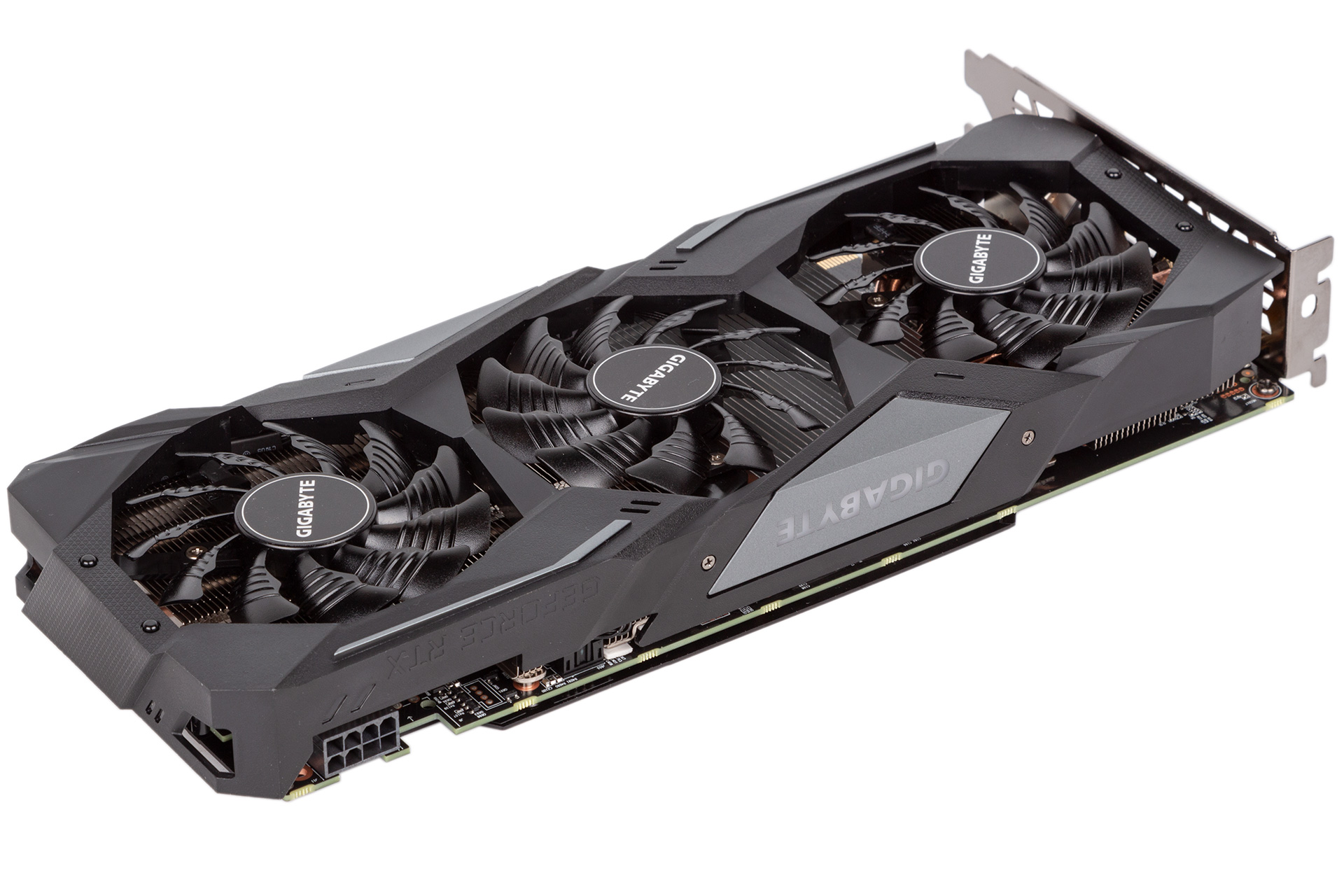
Experientially you won’t tell a difference between any of them, meaning this card is very much like the others in being able to deliver ultra-fast frame rates at 1080p and a very smooth experience at 1440p. Our Founders Edition review showed us that RTX 2060 is stretched too thin for proper 4K gaming (as are most cards), so we’ve omitted those results. Anyone using virtual reality will be fine with this RTX 2060 too.
Next to other Nvidia hardware, we see a 24 percent lead over the GTX 1660 Ti, which is the better card for bang for buck. Conversely, RTX 2070 stock performance is only just over 10 percent more than what you see here, which paints this card more favourably.
While faster than the RX Vega 56 overall, it’s not a crushing defeat for AMD, as games like Total War: Warhammer II and Deus Ex show little difference or even a small win for the red side. RX Vega 64, meanwhile, wins clearly in some titles like the two just mentioned but loses just as badly in others like World of Tanks. For the most part, though, it’s an even match for this RTX 2060 or actually slightly better, but remember we’re comparing reference for AMD to a heavily overclocked unit here.
Power consumption is actually the lowest of any RTX 2060 with a 1,830MHz boost clock that we’ve tested, which is a nice little win for Gigabyte. The opposite is true once the card is overclocked, however.
A 54 percent fan speed was needed to maintain the excellent delta T of 42°C, which is right on par with both Asus and MSI. This equated to around 1,700 RPM, and to our ears it was very quiet indeed. Once idle, the fans very quickly spin down to zero – no waiting around!
Overclocked, we were hitting boost speeds of 2,025MHz or 2,040MHz consistently, which is a good result, and this led to performance being very close to that of stock RTX 2070. To accommodate the considerable extra power being consumed, the cooler was running at around 1,850 RPM (still very quiet) and the temperature went up to 46°C. Other cards have managed slightly more efficient overclocks, but we do mean slightly.

Conclusion
If you’ve made it this far (or skipped here like everyone else), we’re assuming you’re already pretty interested in buying the RTX 2060. However, just in case you’re unaware we should still point out that you’ll get better value for money with the GTX 1660 Ti and can save a fair bit of cash if you’re willing to stomach the ~20 percent performance hit, lack of ray tracing/DLSS support, and do without a free game. As for AMD, the similarly priced Vega 64 is hard to recommend, because it’s so much more inefficient and fails to excel enough in performance to make up for it, plus the FreeSync advantage is no more. The Vega 56, however, is currently seeing some excellent pricing that’s worth looking into, again only if you’re fine skipping DLSS and ray tracing – they’ve hardly made that good a case for themselves so far.
Back into the world of RTX 2060s, the £380 price tag here puts Gigabyte in line with MSI’s Gaming Z card, which we recently said was the best RTX 2060 we’d seen so far. Gigabyte’s card doesn’t usurp it, but it does sit proudly alongside it as an excellent example of what a third-party card should do. As well as a slight performance bump over the FE (and more overclocking headroom), it runs cooler, quieter, and has semi-passive fans whereas Nvidia’s don’t switch off. But crucially it doesn't go overboard on features in a way that compromises its pricing and market position - balance is the name of the game for mid-tier GPUs.
All of the above is also true of MSI’s card, and the two are a match on display outputs and warranty too. Neither one can match the lushness and build quality of the Founders Edition, but both are far easier to take apart and service. As such, we’re left with no choice but to offer up the same award for this card as we did for MSI, and if we were buying a third-party RTX 2060 it would certainly be one of the two.


MSI MPG Velox 100R Chassis Review
October 14 2021 | 15:04

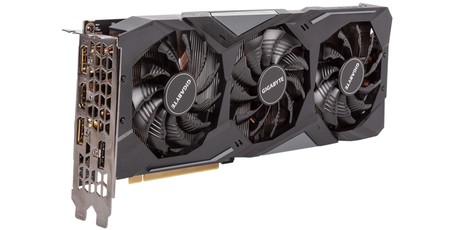
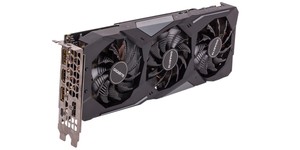
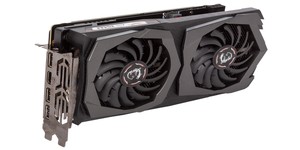
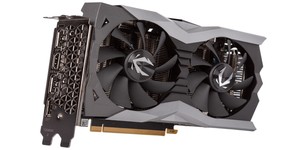




Want to comment? Please log in.